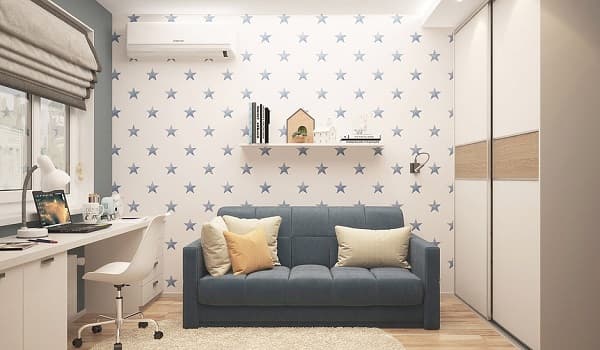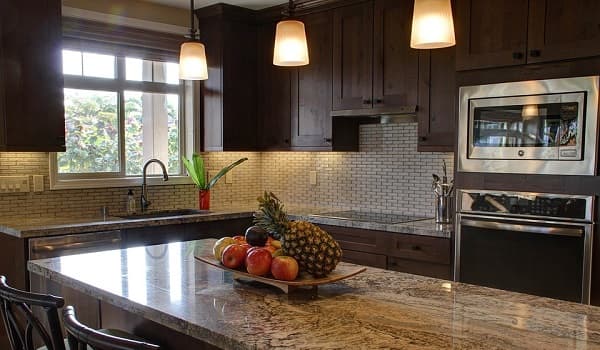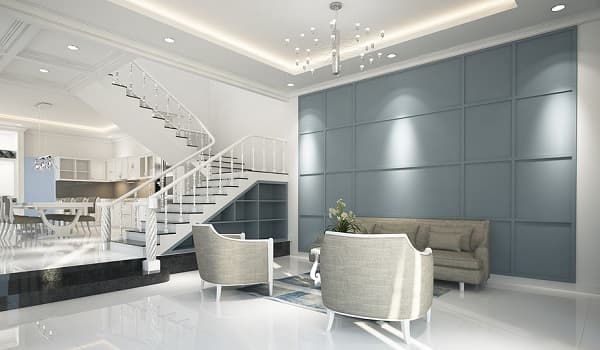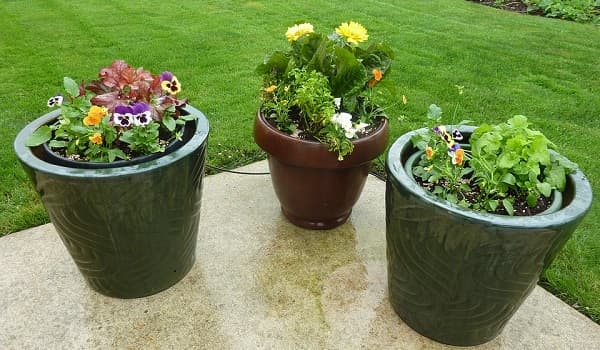Home » Home Decor » How to apply ‘the Rule of Three’ to Pakistani home interiors
Interior designing is not often what most people think it to be. It does not only concern, for instance, the placement of furniture, the addition of colours and textures, or a general room decor layout. Its varied concepts are centred on a set of rules. Following these stipulations is important for making each home décor element integrate nicely – and yet still stand out. Among these, the Rule of Three for home décor generally figures at the top of most interior experts’ working priorities.
What is the Rule of Three for home décor – exactly?
Now before we tell you how to apply this concept, it is important to understand what it means.
Understanding the concept
This rule is not only applicable to interior design, but to several other life-areas. Writing, presentation and photography are good examples.
But why even bother with it?
Well, for starters, three is a number that the brain can perceive easily.
Our brains naturally lump things together. They analyse data from different sources, draw correlations, and find the ‘middle ground’. So when we see any collection of items as a group of three, it is easier to make sense of. The brain recognises the odd balance – and easily locates a central point.
It may sound a little paradoxical, but that’s what the science on the subject says!
On the other hand, one or two items seem too simple; taking away the aesthetic appeal that the brain is drawn to. Groups of more than three, in contrast, make the brain work harder – and spontaneously push it to focus elsewhere.
The human brain, like the flesh and blood automatons it operates, is primed for comfort.
Applying the concept to interior design
Applying the rule of three for home décor takes a bit of creative thinking. But the results look effortless, given their quality of balance and organisation. An occupation, in other words, that is totally worth it!
There are plenty of ways to apply the rule of three to your interiors. Experts from popular interior brands in Pakistan use it preferentially to manage the colour, décor accessories (shape & size), furniture arrangement, and even architectural details of their contracted assignments.
Five ways to use the rule of three
Consider using this method to when dealing with the following concerns:
Colours
Colours are of key importance to any room. They also happen to be one of the most common choices for actualising this concept.

Experts from some of the top interior brands in Pakistan recommend the following distribution of colours in a room:
• 60% of main colour
• 30% of secondary colour
• 10% of accent colour
This colour distribution in a room is also referred to as the 60-30-10 method.
You don’t have to be too selective when picking a hue from the colour wheel, however. As long as the three colours complement each other, they will make a great trio.
Lighting
A well-illuminated room adds more visual appeal to its embellishments. Good lighting also works well with the concept of threes.

Like colour, one can distribute lighting through the use of ambient, task, and accent sources. When applying the rule of three, use three light fixtures in one area – instead of one large one.
Three task lighting lamps hung over a kitchen island are a pretty good example of this practice.
Furniture
Most rooms have furniture arranged in sets of three. For example, consider a traditional Pakistani living room. In it, you will commonly find only one large sofa/settee, along with two of its smaller variants.

It is also not difficult to come across such an arrangement when buying furniture. Home décor shops in Lahore, for example, often sell furniture in sets of three.
Patterns
A room decorated in only plain colours looks unappealing. Patterns, along with textures, add a definitive oomph factor. Fabrics, certain finishes, and even other décor elements (like plants) take care of any room setting that appears boring.
To create a set of three with patterns, you can incorporate three different ones of the same colour.
Architecture
Your home decorating spree may actually begin way before you decide on any single theme. This happens when a room’s architecture plays a dominant role in the styling process. For example, when a false ceiling or a crown moulding job is in the picture.
When designing your home, your architect may decide for a set of three windows on one side of the room. This makes for a great focal point.
A set of closely-spaced three pillars and a flight of three stairs are also good examples.

The rule of three does not only add balance to your decoration efforts. The improved organisation, which it begets, makes your rooms more aesthetically pleasing. Once you make your arrangements by exploiting it intelligently, your highlighting efforts will attract your visitors’ attention without trouble.
So now when you go shopping at any home décor shop in Lahore (say), do keep this amazing technique in mind.
We would love to hear your take on this topic. Do share your opinions in the comments section below.



